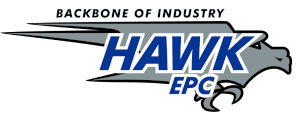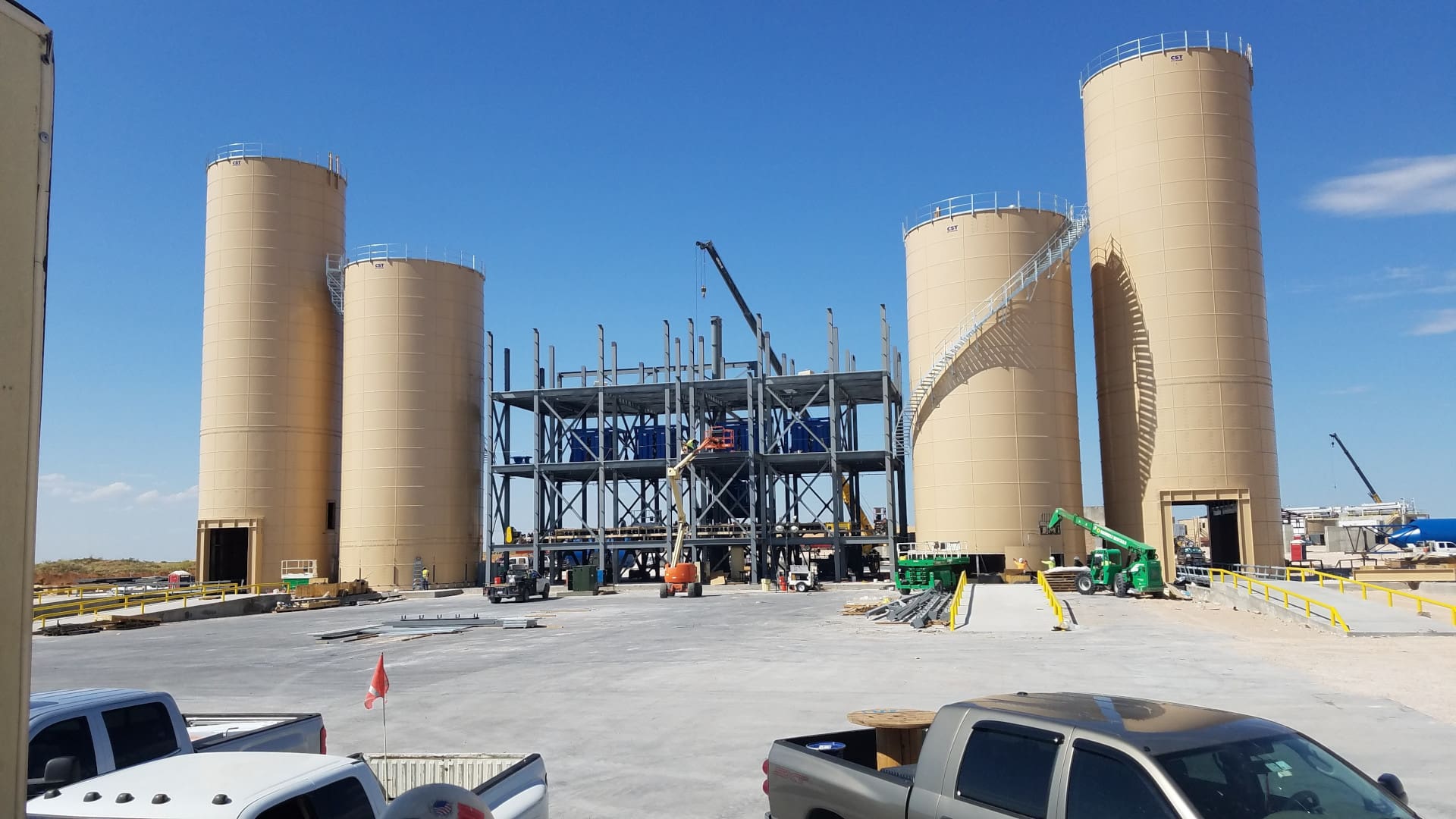A strong engineering team for any manufacturing facility is essential. How do you create a team that is effective? It is a perennial question whether facility owners should invest in a department of in-house engineers or outsource their needs. In-house and outsourcing engineering solutions both have unique advantages and disadvantages. Here are the pros and cons for each that can help you an informed decision that will benefit your business.
The advantages of building an in-house team are numerous.
Deep Knowledge of Products
Your in-house engineers will develop intimate knowledge about your products, processes and facilities. This leads to quicker problem solving and more efficient innovations.
Direct Communication and Control
Managing a team internally streamlines communications and gives you a direct control over timelines and project deliverables.
Company Culture Integration
Your in-house team becomes ingrained into your company’s culture, encouraging loyalty and a common vision.
Long-Term Investment
Although initial costs may be higher, building a team in-house can be an important long-term investment. This is especially true for ongoing projects and initiatives to improve continuously.
In-house engineering can also present challenges.
High Overhead Costs
Salaries, benefits, software licensing, and training all contribute to high overhead costs.
It can be difficult and time-consuming to scale up an internal team quickly. It can be challenging to downsize during slower times.
Potential Skills Gaps
Maintaining diverse skills within a small in-house team may be difficult, requiring external consultants or specialized training.
Outsourcing engineering services has a number of benefits.
Cost Effectiveness
Outsourcing often reduces overhead costs associated with salaries, benefits, and infrastructure.
Access to Specialized Knowledge
Outsourcing allows you to access a larger pool of engineering talent with specialized expertise, which is often not available within your own organization.
Increased Flexibility and Scalability
You can scale your engineering resources quickly up or down depending on the project requirements, offering greater agility.
Outsourcing firms with experience can complete projects more quickly due to their dedicated teams and streamlined procedures.
Outsourcing can also have negative effects.
Communication challenges can arise when managing remote teams in different time zones or with different cultural backgrounds.
To protect your intellectual property, you need to carefully consider the risks and have robust contracts with outsourcing companies.
Outsourced teams are less under your direct control.
Making the right decision for your facility between internal and external engineering is based on your needs and circumstances. Consider factors such as project scope, budget and timeline, expertise required, and long-term objectives. A hybrid approach that combines both internal and external resources can often be the best balance.
Making an informed decision about whether to choose in-house or outsource, or even a hybrid, is crucial for the success and efficiency of your manufacturing facility. You can create an engineering strategy by carefully weighing all the pros and cons listed above. This will help you to drive innovation, efficiency and profitability. For expert guidance and support in navigating these complex decisions, contact Hawk EPC at 903-632-4464 or info@hawkepc.com. We can assist you in developing the perfect engineering solution for your business.


0 Comments